As the director of product development at Aston Martin, Ian Minards, has seen the iconic brand from all possible angles. After graduating from Birmingham University with a mechanical engineering degree, he spent seven years working on prototype builds at Jaguar, most notably the XK8 project.
View more pictures of the Aston Martin One-77
After a short spell in consulting he moved to Aston’s former HQ at Newport Pagnell to run the ‘works service’ division, which allowed owners to have their cars serviced or even completely restored. At the time, Aston’s production consisted of V-cars – the models derived from the original, rather brutal 1989 Virage – and DB7s, built at the Bloxham factory in Oxfordshire.
Video: See Steve Cropley riding in the Aston Martin One-77
In 1999 Minards switched from fixing old Astons to being in charge of the gestation of a totally new model. He became chief programme engineer on the Vanquish, in many ways the engineering precursor to the current Astons. The car’s aluminium and carbonfibre chassis (developed with the help of Lotus Engineering) pushed the brand into engineering modernity and informed the basis of the VH platform that underpins all of the company’s current models.
View more pictures of the Aston Martin One-77
Right after the Aston Martin Vanquish launch Minards changed tack again, becoming the brand’s sales boss and dealing with franchises and dealer development. He says he enjoyed his time in the retail environment, but by 2004 he was back in engineering, overseeing the production launch of the V8 Vantage, the second (after the DB9) of the new-generation Astons.
New models
In 2006, the year before Ford sold Aston Martin to a consortium that included two Kuwaiti investment companies, Minards became product development director, from which point he has ushered in a flood of new models including the DBS, Rapide and Toyota iQ-derived Cygnet.
“We build exclusive, high-luxury sports cars,” says Minards. “Our engineering philosophy is of a balance of excellence attributes across the drivetrain performance, chassis and so on. Our product creation philosophy is based on the VH platform. “The ‘V’ is the shared structure: the bonded alloy monocoque, which we have made longer and shorter, as a two-seater and four-seater, and as a coupé and cabriolet.
View more pictures of the Aston Martin One-77
“The ‘H’ is shared commodities and systems: the transmissions, the HVAC [heating and ventilation], the sat-nav and so on. Perhaps the best example is the steering column, which is the same in all the cars, as is the airbag and the seat restraints. At the front end of the car we have a three-stage crash structure, which is also shared across the models.” The thinking behind the VH system will continue to be the basis of Astons for the foreseeable future, he says.

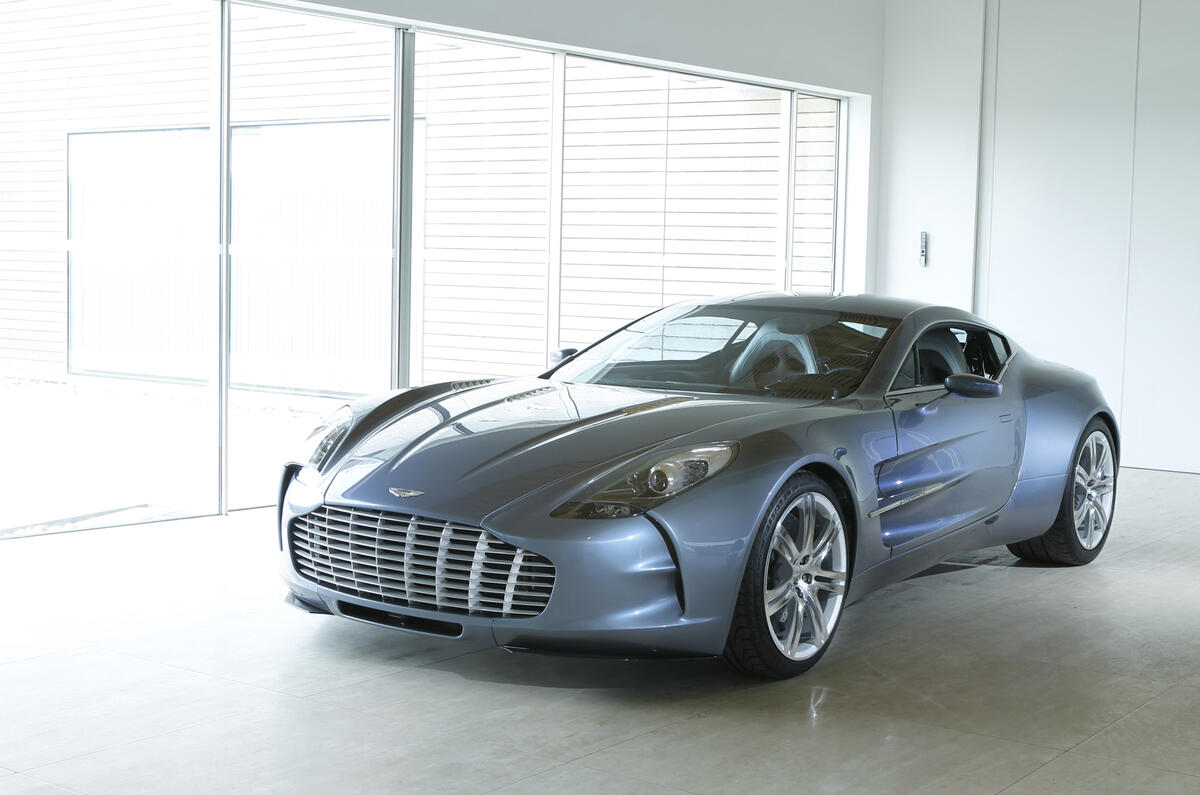
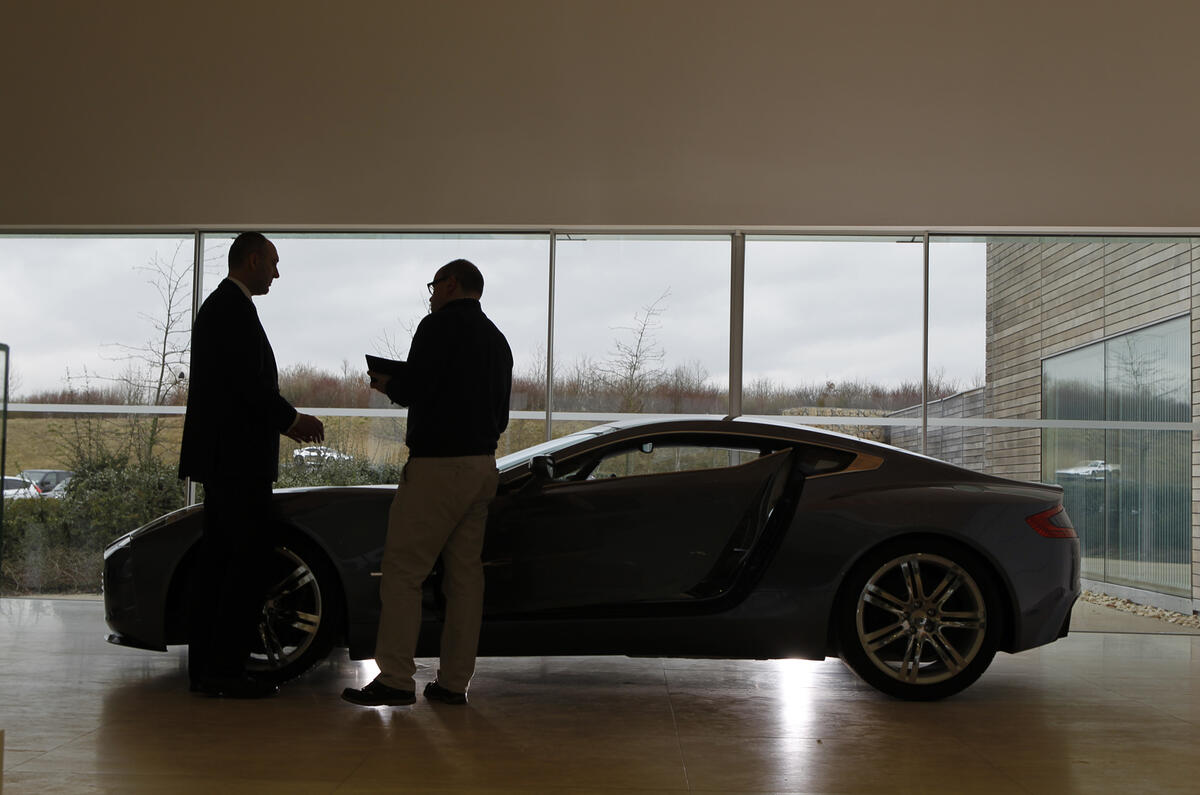
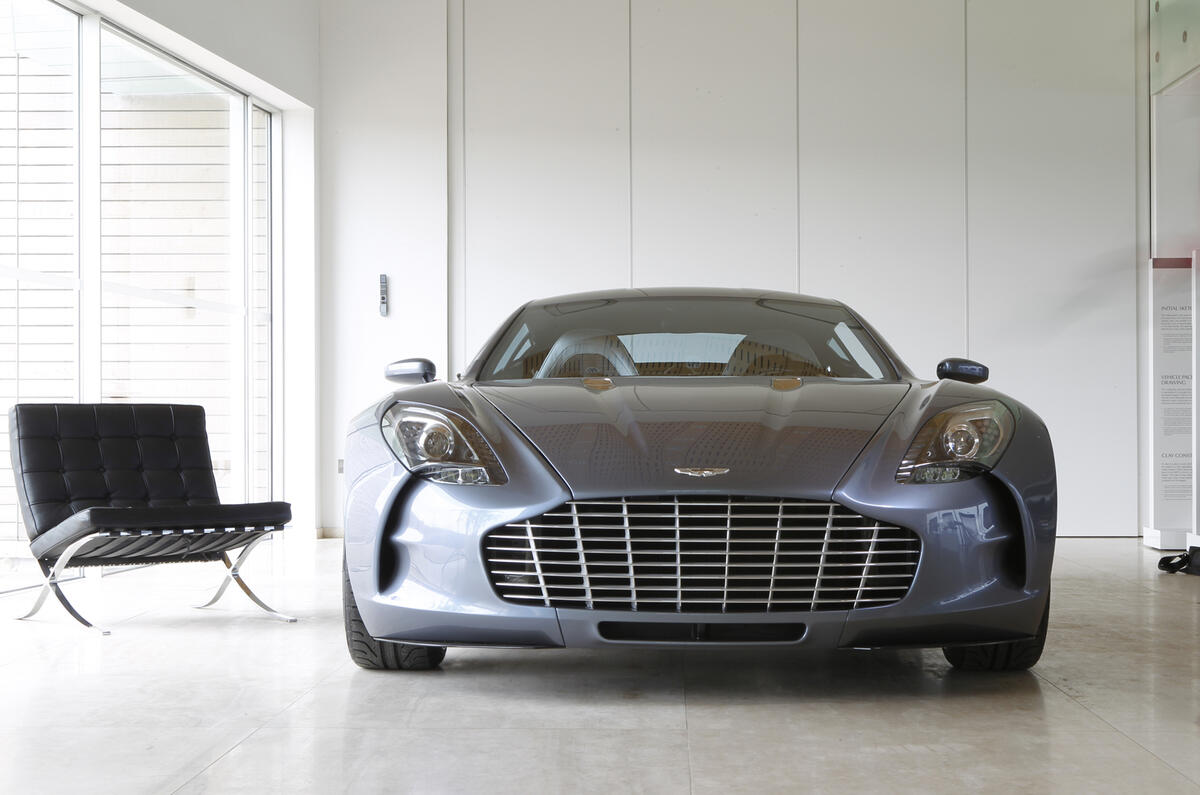
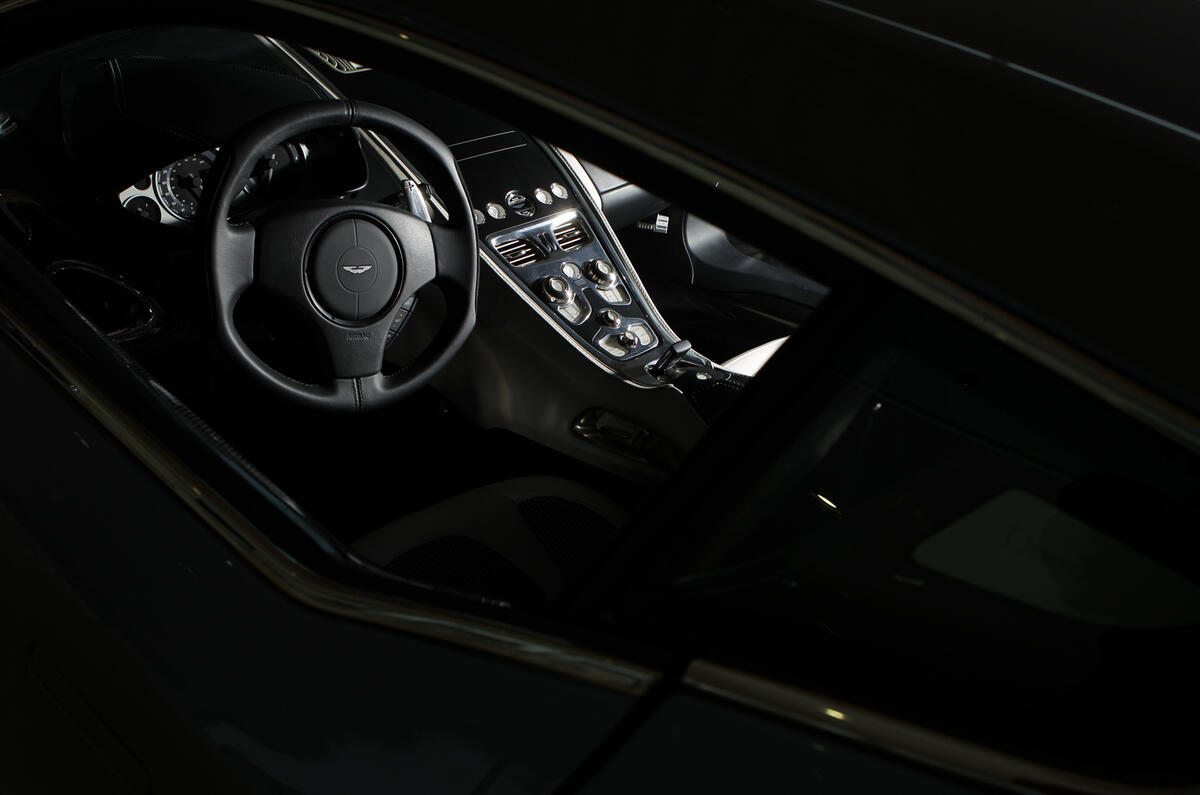

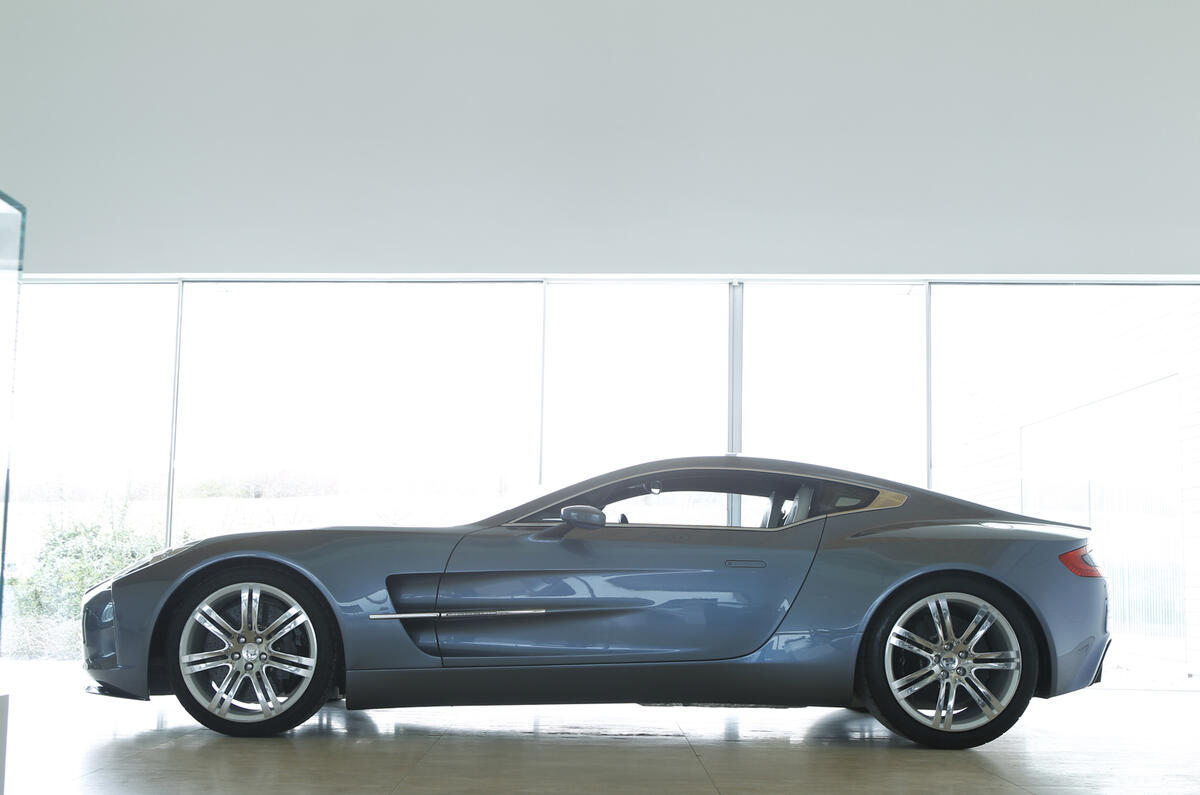









Join the debate
Add your comment
Re: The man behind Aston's resurgence
Re: The man behind Aston's resurgence
When it comes time to change jobs Mr Minards needn't worry about constructing his CV, it appears one has been done for him.
Re: The man behind Aston's resurgence
I'll just settle for staying on topic as I don't possess much of an intellect to worry about making it any acuter. :)
I can't see Aston continuing as an independent maker for much longer, if it is to invest in an all new range of models, so I wouldn't be totally shocked if the company ends up in Chinese or Indian ownership at some point in not too distant a future.